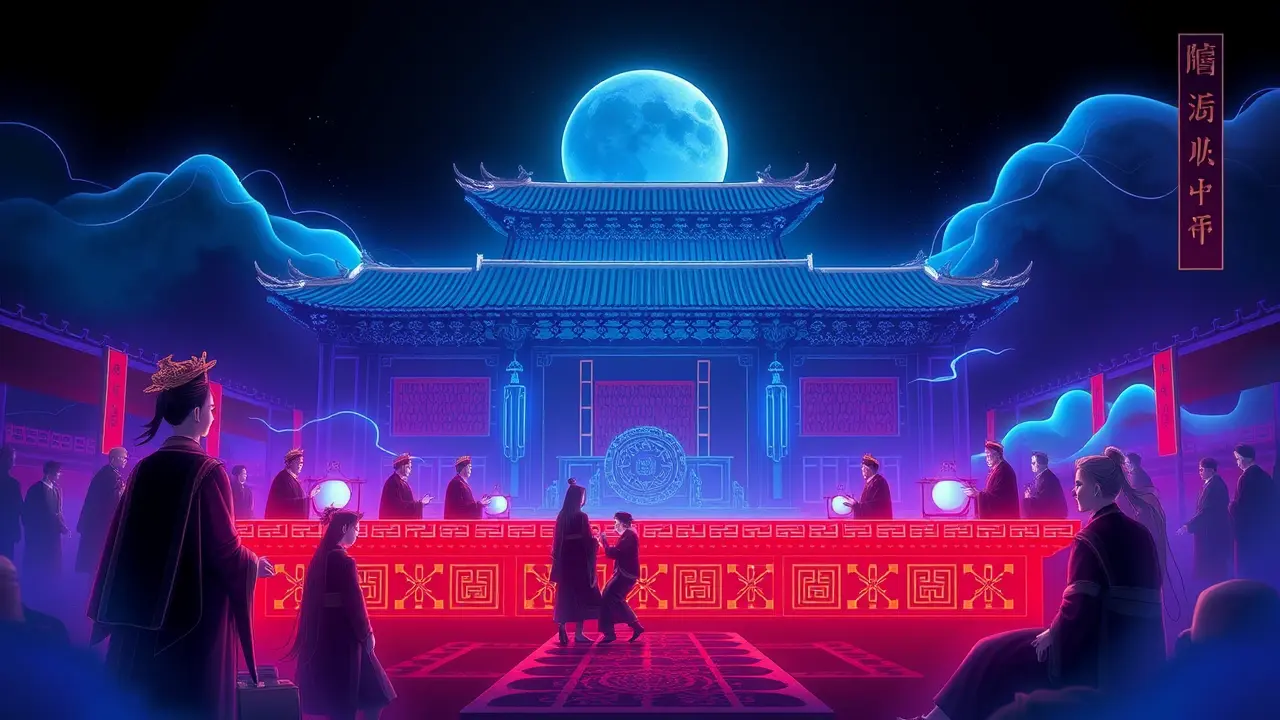
SciencearchaeologyAncient Civilizations
Ancient Chinese Exams Considered Candidates' Appearance.
AN
Andrew Blake
24 hours ago7 min read
The ancient Chinese imperial examination system, a sprawling bureaucratic machinery that operated from the Sui dynasty's inception in 581 right up until its dramatic abolition in 1905 on the cusp of the Qing dynasty's collapse, was far more than a simple test of scholarly merit; it was a fascinating, multi-faceted crucible that, surprisingly, weighed a candidate's physical appearance as a legitimate factor in their final ranking and official placement. Imagine the scene: after a grueling multi-day ordeal locked in a sparse examination cell, where scholars poured a lifetime of memorized Confucian classics and poetic theory onto paper, their fate wasn't solely sealed by the elegance of their calligraphy or the depth of their philosophical arguments.No, the system, which became meticulously formalized during the Song dynasty with its regular triennial cadence, also subjected these hopefuls to a visual inspection, a practice known as *maoju*. Officials would assess a man's stature, the clarity of his eyes, the dignity of his bearing, and even the quality of his voice, operating under the deeply ingrained Confucian principle that a true gentleman's inner virtue was outwardly reflected in his physical form.This wasn't merely about superficial good looks; it was about the projection of authority, stability, and moral character deemed essential for a mandarin who would represent the Emperor's majesty in the provinces. A candidate with a severe limp, a disfiguring mark, or a perceived shifty gaze could see his hard-won jinshi degree—the pinnacle of academic achievement—rendered nearly useless, relegated to a low-prestige, dead-end post regardless of his intellectual brilliance.This creates a compelling parallel to modern-day debates, doesn't it? We like to think our systems are purely meritocratic, but from the unspoken biases in corporate hiring and political campaigning to the polished personas required for television punditry, the specter of judging a book by its cover persists. Delving deeper, the rationale was also intensely practical; these officials were the face of the empire, tasked with collecting taxes, administering justice, and maintaining order.The imperial court believed that a commanding, respectable appearance inherently bolstered a magistrate's authority, making the populace more likely to obey and respect his decrees. Historians point to anecdotes of exceptionally talented scholars who were passed over for the highest Hanlin Academy positions due to perceived physical shortcomings, their careers forever stunted by a system that preached merit but practiced a more holistic, and arguably prejudiced, form of evaluation. This complex interplay between intellectual rigor and aesthetic judgment in ancient China offers a profound lesson on the eternal tension between idealized meritocracy and the messy, human realities of power, perception, and prejudice that continue to shape our own institutions today, forcing us to question just how far we've truly evolved from the examination halls of the Song.
#ancient china
#imperial examination
#candidate selection
#history
#education system
#featured
Stay Informed. Act Smarter.
Get weekly highlights, major headlines, and expert insights — then put your knowledge to work in our live prediction markets.
© 2025 Outpoll Service LTD. All rights reserved.